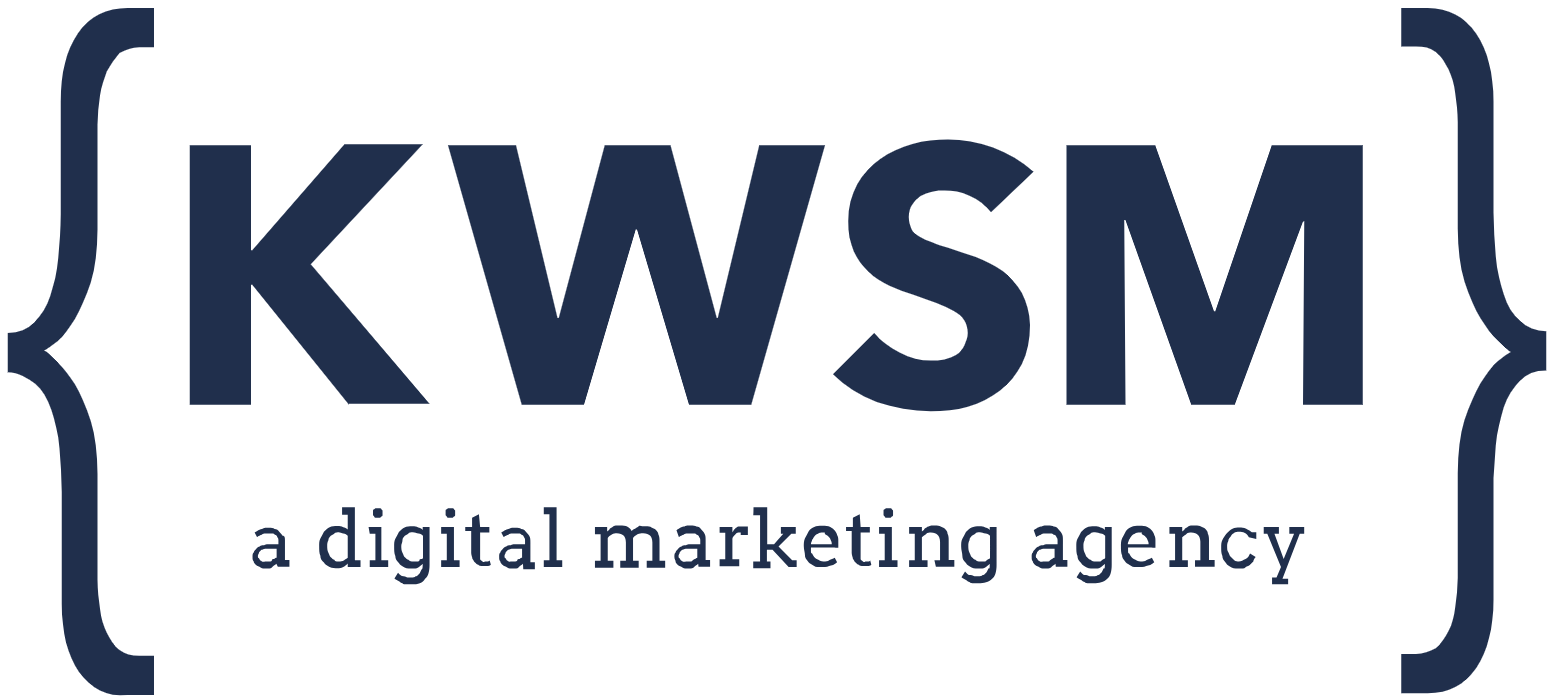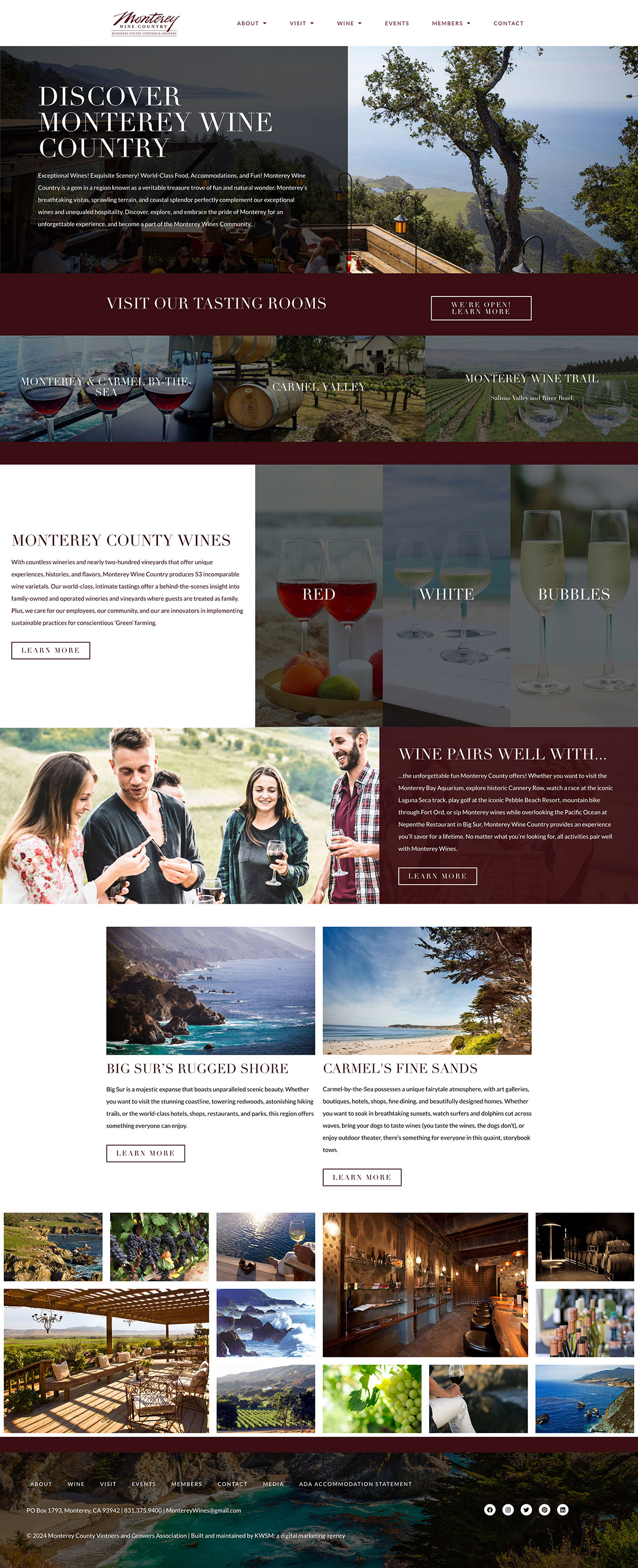
If you spent thousands of dollars in Google AdWords, or created hundreds of pages for your website that all were based around different keywords, you would undoubtedly collect actionable data on keyword conversions. Specifically, the data that would most likely result in tangible monetary value is what keywords are converting the best. This information tells you not just what keywords are driving traffic to your page, but had the highest rates of good traffic. That is, traffic that is actually earning your business money.
The fact is, most companies don’t have the time nor the money for comprehensive keyword research. Even if they did, it’s a hard sell: it requires a lot of money and research to pour over the results of experimental PPC campaigns or A/B testing landing pages. Even then, it would only be the beginning of optimizing a channel, not the end.
Small or mid-sized businesses might not seem like they can compete with the big players in their industry. If you’re willing to be creative and know what to look for, however, you can still secure high-value keywords without simply competing for what keywords have the highest traffic.
Your Best Keywords Have High Intent
Question: which of these two keywords would make you assume has a higher conversion rate, “polarized sunglasses,” or “where to buy polarized sunglasses”? It is fairly obvious the second one would probably have a higher percentage of people who are actually going to buy something from your online store. Follow-up question: how can you make that assumption without analyzing any data?
The difference between the first and second keyword is intent. This SEO term refers to the reason, or intent, behind the search. “Polarized sunglasses” could be a search for Google Images of polarized sunglasses or even someone simply curious about what they are in the first place. In contrast, “where to buy polarized sunglasses” indicates that the person making this search is probably all ready to make a purchase, and simply needs to find an online store or nearby retailer. When a keyword is more likely to have someone ready to make a purchase (or whatever your conversion goal might be), the keyword is said to have a higher intent.
Identifying Keywords As High Intent
There’s no definitive guide to identifying high-intent keywords, nor is there an online tool that can tell you a keyword’s intent. However, there are a few commonalities that might indicate that a keyword probably has more intent.
Long-tail keywords convert better in general
Typically, long-tail keywords are held up as ambrosia and nectar for a website that’s struggling with its SEO. Long-tail keywords are simply keywords that are greater than four words but are more aptly described as a specific search query. This includes phrases like “what to do when on vacation in Orange County,” or “dog obedience classes in Vinings, Atlanta.” Matching these types of search requests will not only help you rank better for specific keywords, but these types of keywords tend to convert well if you provide quality content.
The keyword will have some level of desperation
Searches that are made when a user is frustrated or nearly begging for useful content are a fairly safe bet for conversions. For instance, “I want to sleep better at night,” is an indicator that the search is either being made by someone who has already searched for an answer several times with no result, or they at a point where literally any content will do. If you operate in a crisis business or one where consumers have a short window between a decision and a purchase, consider what keywords would indicate that they are in this window.
Negative Keywords Increase Your Keyword Conversions
By adding a minus sign (-) in front of a keyword in Google or Bing, you are telling them that you do not want to spend money on that keyword. Believe it or not, adding negative keywords to your keyword planner is as important as finding new ones, perhaps more so. When you identify a keyword as low intent, you can list it out as a negative keyword, and increase the conversion rate of existing keywords.
If your preferred keyword is “Spanish language lessons,” and you’re an online tutor, adding negative keywords for “Spanish language lessons in person,” narrows it down to only those who are indifferent to taking lessons online or in person, and you won’t spend your budget on a keyword that won’t convert well. Additionally, the phrase “what if […]” is almost universally low intent.
Identifying New High Intent Keywords
The biggest question of all is not just recognizing a keyword as high or low intent but being able to discover and research keywords that are high intent. It’s perhaps the most difficult aspect, and ultimately it is the core aspect of increasing your ROI on your PPC spend.
The best strategy for discovering new high-intent keywords is working backward from your conversion goals. If you want to find a keyword that is likely to lead to someone purchasing an iPhone case from your online store, consider how they might end up at your site, wanting to buy your products. If they’re searching for a particular type of design and not beholden to a brand, ranking for “chevron iPhone case” may be a keyword that indicates high intent.
If you are interested in learning more about keyword research, learn how local keyword searches can bolster your existing keyword strategy. If you want to get in touch with us and learn how we can help your brand start ranking for high-quality keywords, learn how we can help boost your sales through SEO and Google AdWords.











